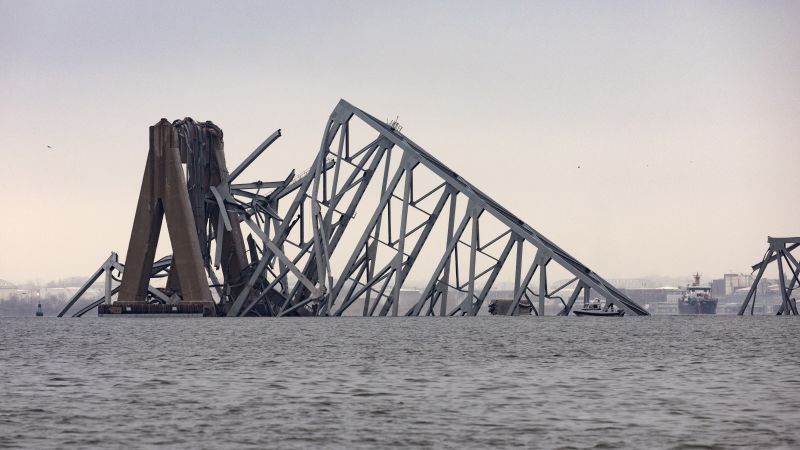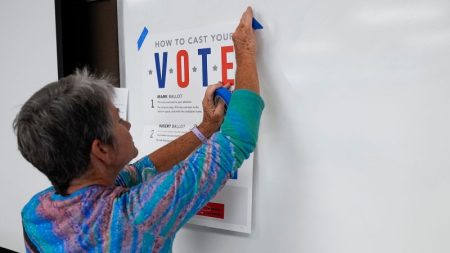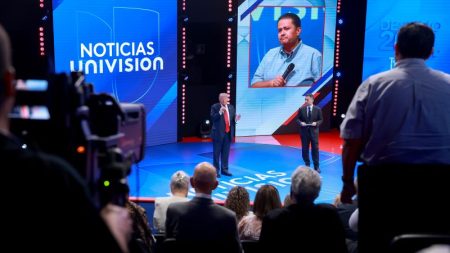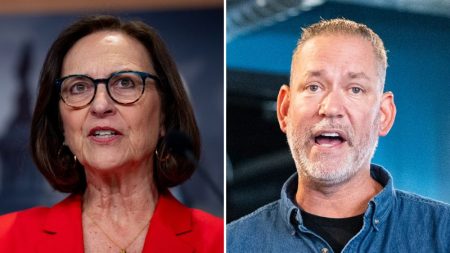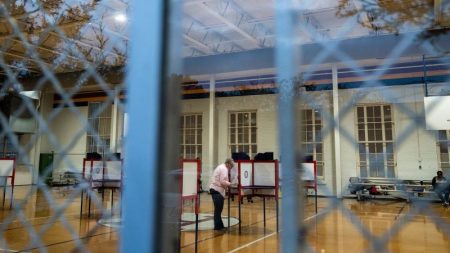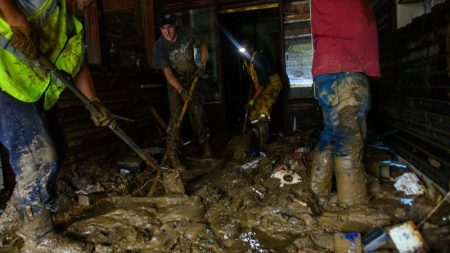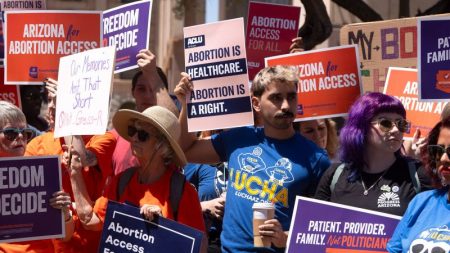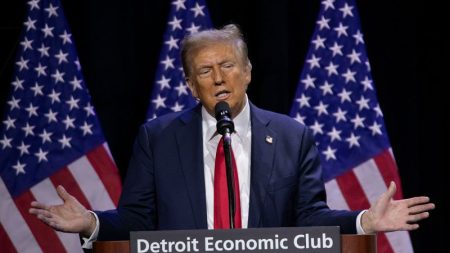Baltimore was sleeping when the fully laden cargo ship, adrift and without power, slammed into the Francis Scott Key Bridge, bringing it down in seconds.
Had the disaster taken place during the daytime, hundreds of cars and trucks could have been on the bridge over a channel leading to one of the busiest ports on the east coast. So it was a mercy it happened in the early hours, and that police got sufficient warning to stop vehicles from driving onto the bridge.
But the six people presumed dead from the tragedy couldn’t escape. They were maintenance workers — the kind of people few people notice but who do tough jobs through the night to keep the country running.
All of those missing were immigrants, outsiders who had come to the US from Central and South America for a better life. Their stories and aspirations mirrored the lives of millions of new entrants to the United States. They are far more representative of the migrant population than the extreme and misleading picture often spouted about migrants by Donald Trump. The Republican presumptive nominee often falsely claims foreign countries are entering their asylums and jails to send their “worst people” as a de-facto invasion force to the US.
Trump’s demonization of immigrants who are trying to cross into the country illegally, who he claims are “poisoning the blood” of the country, often feels like a shorthand condemnation of migrants as a whole.
The bodies of two of the six construction workers who died after a cargo ship hit a pillar of the bridge have been recovered. Search efforts have been paused for the four other workers, who are presumed dead.
One of the workers is father-of-three Miguel Luna, from El Salvador, who lived in Maryland for 19 years. Maynor Yassir Suazo Sandoval, a Honduran father of two, was also on the bridge. He has lived in the US for 18 years and has an 18-year-old son and a 5-year-old daughter. Two Guatemalans are also missing. And three Mexicans were among the crew working on the bridge. One was rescued from the frigid waters below.
Often, migrants do jobs that other people don’t want to do – the ones with the lowest wages and the worst conditions. Some do so to support families in the US and to lay the foundation of better lives for their children and grandchildren. Many send money home to support relatives who live in far less affluent economies. Mexican immigrant workers for instance transferred more than $60 billion in remittances to their country in 2023, according to Mexico’s central bank.
The sacrifices of those missing, presumed dead in Baltimore on Monday night might be worth remembering when the anti-immigrant rhetoric cranks up again in the run-up to November’s presidential election.
And when the Francis Scott Key Bridge rises again, it’s a good bet it will be immigrants who are building it.
President Joe Biden has vowed that the federal government will rebuild the bridge in Baltimore, a city that has long been plagued by limited resources, a high homicide rate, raging warfare between drugs gangs and political corruption.
But it’s going to take a while, as the container ship, the Dali, is still stuck in the water beneath the debris of the bridge. Any prolonged shutdown of Baltimore’s port could be disastrous for dock workers who rely on a steady flow of ships in and out to stay employed. And the knock-on impact of a closure of a key supply chain node could spread hundreds of miles from the east coast city. Eleven ships are currently stuck inside the port and can’t go anywhere, a situation likely to cost their owners millions of dollars.
“We are committed to delivering every federal resource needed – every federal resource needed to help Maryland get back to normal, and we’re going to work with them every step of the way to rebuild this bridge,” Transportation Secretary Pete Buttigieg told reporters at the White House on Wednesday.
“It is not going to be simple,” he said. “Rebuilding will not be quick or easy or cheap, but we will get it done.”
Read the full article here





